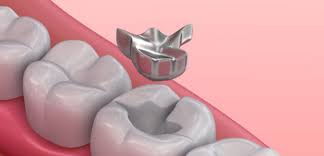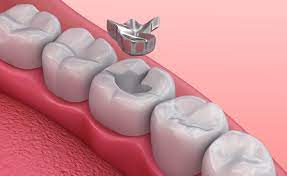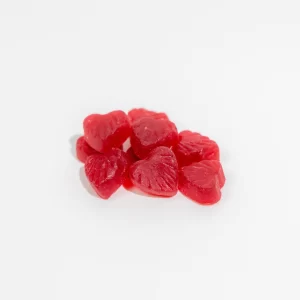Dental amalgam is still a reliable, cost-effective, and safe method of restoring posterior teeth that have lost varying amounts of tooth structure. The material qualities of dental amalgam, as well as the appropriate utilization of primary and secondary mechanisms of restoration retention, must be considered when designing a successful tooth preparation. The amalgamas dentales can easily restore normal anatomic shapes and as a result, normal clinical function.
- Despite potential risks to both patients and clinical personnel associated with mercury processing, dental amalgam has been utilized for hundreds of years and is still widely used today. Amalgamation is a reaction that occurs when liquid mercury reacts with any reactive metal. The material’s simplicity of processing and resistance to compositional and processer fluctuations make it a suitable filler material for cavities, and it is widely used today.
- As amalgamation progresses, the solid-liquid balance shifts to favor the solid form. The reaction occurs in a matter of minutes, and the resulting slurry can be forced into a hollow (drilled) that has been previously prepared. When the prepared cavity is filled and the patient bites down on wax paper, a self-forging process begins in which the amalgam is plastically distorted and hardens while generating the bite counter surface.

- Amalgamation (further interactions with Hg and powder surfaces) can last up to a week after installation. The residual free Hg is collected by wicking surplus slurry after repeated chair presses. The form is solid and hardening by the time the patient leaves the office. This is one of the few instances where liquid metal processing occurs in real-time. There are various variations in the metallic powders used for the amalgamation reaction. But higher copper content alloys tend to have less galvanic corrosion between tin-rich and silver-rich phases and higher overall strength.
- The amalgamas dentales is much softer than steels and other orthopedic metals. The destiny and movement of labile mercury is the greater worry with amalgam fillings. Several studies have been conducted to investigate the corrosion rates and abrasion resistance of these produced alloys as a function of processing and environment. Ions into a corrosive medium, solution conductivity dynamics with exposure time, or gravimetric readings at discrete periods following exposure are all attributes that could be tracked.
- Overall, the general impression of amalgamation as a viable filling method remains favorable. Alternative filling materials include resin-based composites, which are more aesthetically pleasing than amalgam but are less strong and fatigue resistant.




